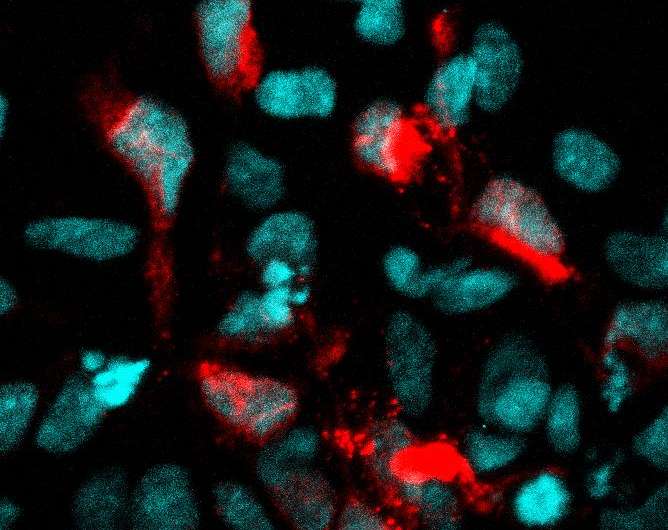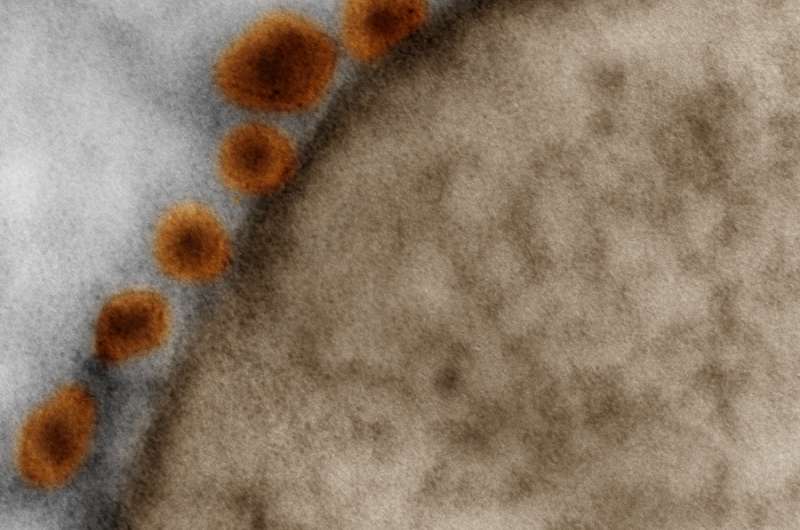Zika virus reduces growth and induces cell death and malformations in human neurospheres and brain organoids

Brazilian researchers from the D'Or Institute for Research and Education (IDOR) and Federal University of Rio de Janeiro (UFRJ) have demonstrated the harmful effects of ZIKA virus (ZIKV) in human neural stem cells, neurospheres and brain organoids. Since ZIKV has been gradually established as a direct cause of central nervous system malformations, this study help to elucidate the etiological nature of the recently increasing number of microcephaly cases in Brazil.
This paper will be published online by the journal Science on Sunday, 10 April, 2016.
Scientists headed by Dr. Stevens Rehen differentiated human induced pluripotent stem (iPS) cells into neural stem cells and into further complex tridimensional structures, known as neurospheres and brain organoids. Neurospheres and brain organoids represent excellent models to investigate developmental neuropathologies, as they can outline, in vitro, several characteristics of the fetal brain formation.
In the present study conducted at IDOR in conjunction with UFRJ, the research team observed that ZIKV infects human-derived iPS neural cells, neurospheres and cerebral organoids causing cell death, malformations and reducing growth by 40%. The researchers also compared these results with the ones generated with Dengue Virus (DENV2). Even though DENV2 infected the cells such as ZIKV, there were no damaging outcomes registered to the neural cells, neurospheres or organoids.
Dr. Patricia Garcez, Assistant Professor at UFRJ and first author of the work, point out that "these unique results may unravel some key features of ZIKV infection in the developing brain".

More information: Patricia P. Garcez, Erick Correia Loiola, Rodrigo Madeiro da Costa, Luiza M. Higa, Pablo Trindade, Rodrigo Delvecchio, Juliana Minardi Nascimento, Rodrigo Brindeiro, Amilcar Tanuri, Stevens K. Rehen (2016). Zika virus impairs growth in human neurospheres and brain organoids. Science, April 10. DOI: 10.1126/science.aaf6116



















